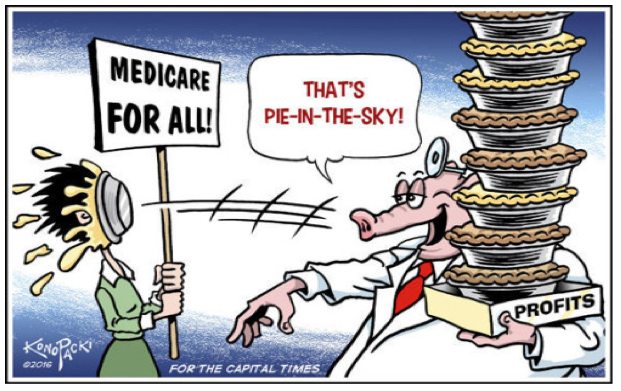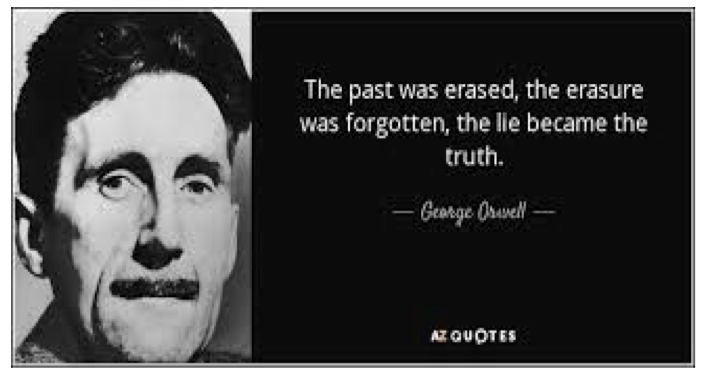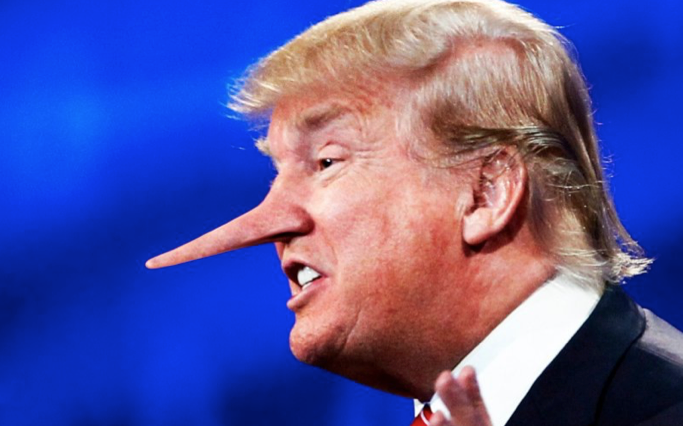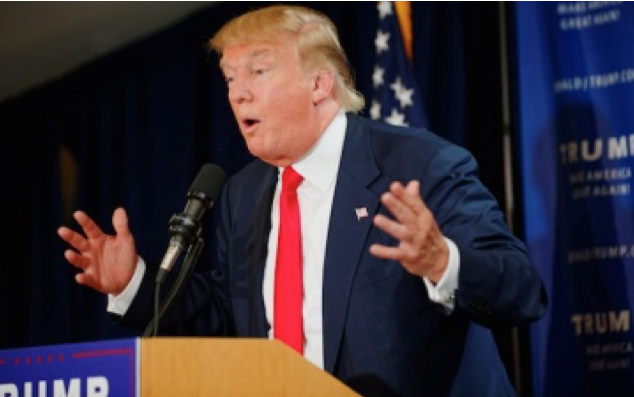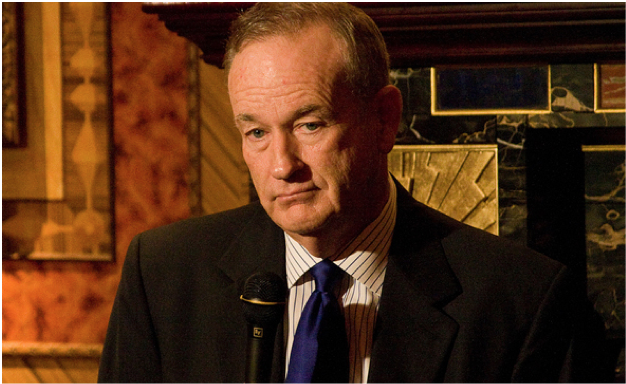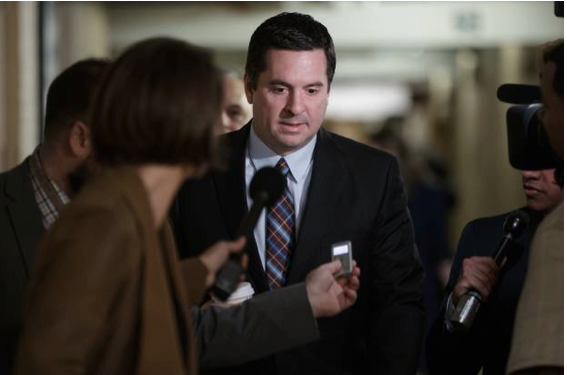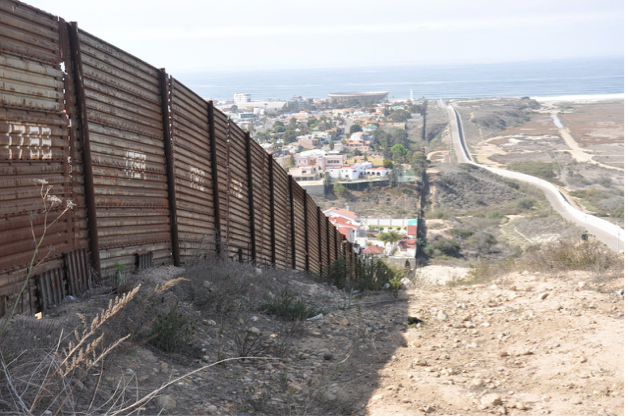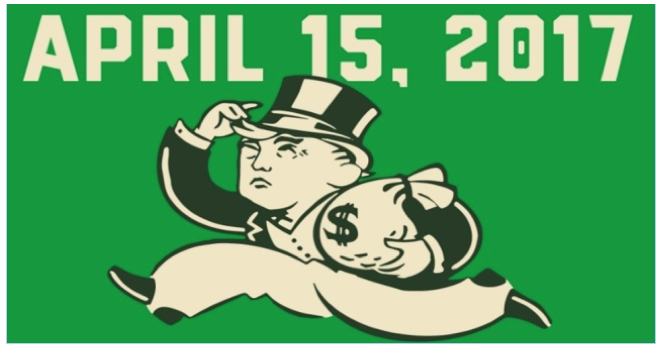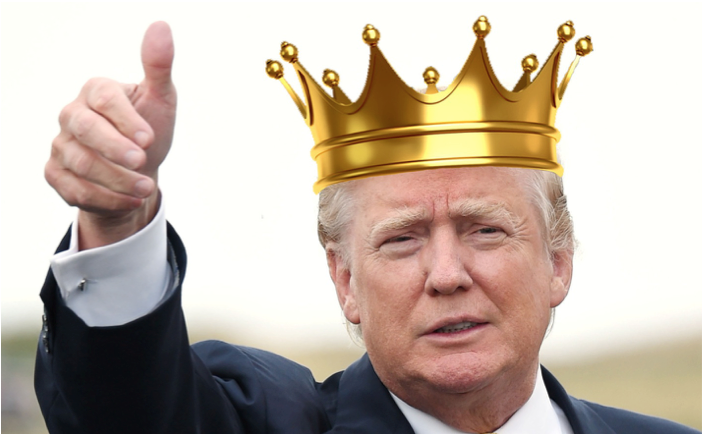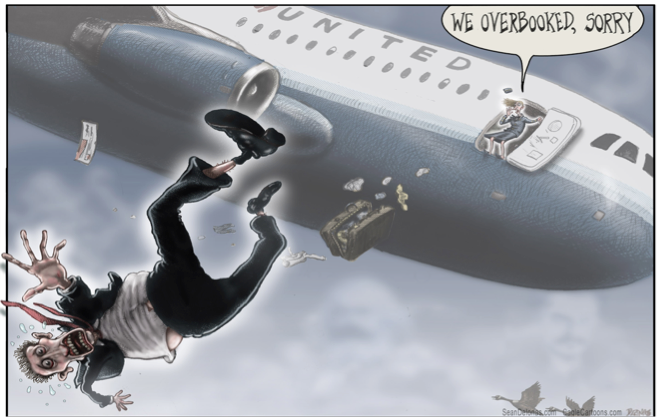A Different Take on the United Airlines Kerfuffle Starting with … ‘Dr. Dao Broke the Law’
GELFAND’S WORLD--I chanced to have lunch with a commercial airline pilot the other day, and the conversation naturally turned to the United Airlines passenger who was forceably dragged from a Chicago flight. The pilot's answers were by parts conventional and in other parts a bit surprising. He started by reminding me that the airline is in the business of squeezing people into a narrow metal tube. In this case, due to the airline's negligence, a number of other passengers were endangered. That's the summary. The guilty parties include the airline, the police, and most importantly, the passenger himself.
Remember that he's a criminal who should have been put in jail. That's a bit of a paraphrase, but close enough to the more extended argument I heard. In brief, the law is that passengers are required to obey the lawful orders of the flight crew. If you are a passenger and are told to leave the plane, that is what you are required to do. In the case of the United flight, three out of four passengers who were so instructed followed directions without incident and apparently received some compensation for their misfortune.
One didn't. We've had some reports that Dr Dao not only didn't get up to leave, he made it clear that he would not do so willingly. This is where the next criticism from the pilot comes.
The crew should have cleared the area around the resistant passenger. Once it became clear to the police and the flight crew that there would be physical resistance, they should have had the passengers in the surrounding seats get out of the way. They should have been told to leave the plane immediately and wait until it became safe to reboard. As the pilot explained, "Suppose my daughter had been in one of those seats and had gotten kicked by one of the police or the passenger."
The flight crew and the police had plenty of warning that this passenger intended to resist. They had the time to secure the area and thereby protect the other passengers. They didn't do so. They didn't offer other passengers a chance to move out of the way. Why they didn't is a matter of conjecture (more about that below).
Notice, by the way, that the passengers in the surrounding seats were put in an impossible situation. It would be normal for them to assume, "If I try to get off the plane to avoid the scuffle that is likely to happen, then I will presumably give up my right to fly, even though I've paid for my ticket. I might even get in trouble myself."
What about the fact that Dr Dao had a paid ticket and had already gotten to his seat? The answer is a bit complicated and obviously not to the liking of most readers, but I will take a shot at it myself: There is a difference between getting treated rudely by an airline and threatening physical violence against the crew and the police. The lawful remedy for the passenger would have been in the courts and through social media (he obviously won at this level). He also had the opportunity to protest in writing and ask for compensation.
He presumably could have rented a car and driven to Louisville in time for the next morning's work. it would have been a long haul (about equivalent to driving from Los Angeles to Gilroy) but it was possible. Being put in jail wouldn't have helped him to get to Louisville on time. There are lots of legal things he could have done, but physically resisting the acts of the police was not one of them.
It's the airline's fault for the level at which they overbook flights
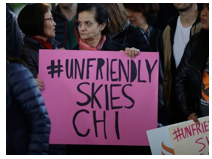 I've rearranged the order of this narrative a bit just to get the more interesting points up front. My lunch companion's first comment was that the largest blame goes to United Airlines for the way they overbooked this flight. I would suggest that there is some nuance in the overall situation and therefore in the argument, because sending flights out full is the way that the industry manages to stay above water financially and, at the same time, sell discounted tickets to all of us over Kayak and Priceline.
I've rearranged the order of this narrative a bit just to get the more interesting points up front. My lunch companion's first comment was that the largest blame goes to United Airlines for the way they overbooked this flight. I would suggest that there is some nuance in the overall situation and therefore in the argument, because sending flights out full is the way that the industry manages to stay above water financially and, at the same time, sell discounted tickets to all of us over Kayak and Priceline.
The pilot pointed out that airlines such as United are rushing their boarding in order to get the seats full and the doors shut as early as possible because this helps them to achieve a better on-time record. There is a definite downside for an airline if it has a substantial record of late-arriving flights. That's probably why the flight crew didn't insist that the surrounding passengers get off the flight for a few minutes as a safety measure.
Nevertheless, United was actually obliged to get a reserve crew onto the plane as passengers, even though this led to an equal obligation to get paid passengers off the flight.
This is where the more complex part of the argument comes in. The federal rules that protect airline passengers include limits on how long a flight crew is allowed to fly without a break. Fliers need to have the opportunity to sleep, and they are limited in the number of hours they can work without a sleep break. The expression for approaching the legal limit is timed out.
The problem in the real world of air transportation is that airlines cannot afford to keep large numbers of reserve crew waiting around in every city. Louisville is a fairly modest aviation endpoint. Chicago is a very large hub, which makes it an appropriate place to site reserve crews (akin to Los Angeles, for example).
Equally to the point, it's not always possible to know very far in advance that the crew that is supposed to fly the morning flight out of Louisville (presumably flying a different plane into Louisville from somewhere else the night before, or traveling from their homes in different places) is going to be timed out and needs to be replaced. The problem can occur due to weather delays, or sometimes there is an equipment malfunction, and once in a while there is illness.
Whatever happened to precipitate the problem, United needed to get a crew to Louisville. Sending the Chicago based crew by car was not a reasonable alternative due to the requirements that the crew be allowed to sleep before doing the morning flight. Airlines cannot blithely disregard rules regarding flight crew fitness.
Obviously we are in an era of increasing passenger frustration due to the security system, fully booked flights, and cramped seating. Long ago, some marketing group did a survey and found that people considered the cost of an airplane ticket as wasted money -- we tend to go for the best price we can find using one of the many online tools. Southwest actually provides pricing choices depending on which flight you book over the course of a day.
There is one other interesting point. It's not clear to me that the airline did anything illegal at the time that the passenger refused to give up his seat. The ordinary course of events would be to ask the police to deal with the situation, which they did. If the police acted in an overly aggressive fashion, the passenger's complaint should have been against them. It's true that the passenger can complain about airline policy, but as numerous commenters have pointed out, the law is not on his side.
Then why did the CEO of United Airlines throw his own airline under the bus, so to speak? He spoke of his embarrassment and remorse, even though his employees were obeying the law and acting properly. We've now seen reports of a settlement with the passenger, although we don't know for how much.
What we're seeing, I think, is the effect of bad publicity on business leaders. Cowardice wins out over legal principle. We see the same thing among politicians. What seems to be missing here is any leadership by the federal agencies in charge of flight safety, including the FAA and the TSA.
Addendum
As we speak, the story is emerging of an interim federal budget that increases the science budget, including an increase of 6% for the NIH. Maybe all those Marches for Science had an effect.
(Bob Gelfand writes on science, culture, and politics for CityWatch. He can be reached at [email protected].)
-cw


